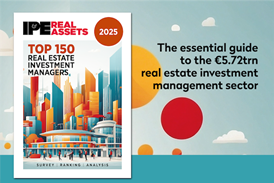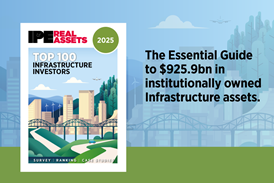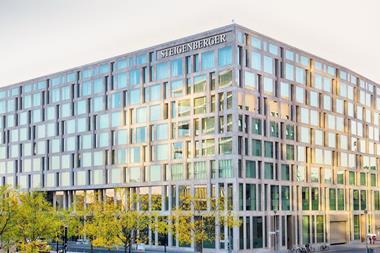New sources of capital, unsatisfied demand and a strong supply of debt is likely to result in global real estate trading activity rising 4% to reach a record $1.34 tln (€1.21 tln) in 2016, according to Cushman & Wakefield.
New sources of capital, unsatisfied demand and a strong supply of debt is likely to result in global real estate trading activity rising 4% to reach a record $1.34 tln (€1.21 tln) in 2016, according to Cushman & Wakefield.
The Atlas Outlook 2016 report – launched on Tuesday at Cushman & Wakefield’s stand (R7 G9) at MIPIM in Cannes – reviews international investment patterns from 2015 and anticipates market performance for the year ahead.
It shows global property trading activity fell last year for the first time in six years, albeit edging down just 2% to US$1.29 tln. This reflected the strength of the US dollar as well as a pullback in Asia, notably for development land. Excluding land, global volumes rose 8%, with particularly strong increases for multi-family residential and hospitality, followed by logistics.
Foreign exchange movements also had a significant impact, attracting investors towards the USA while diluting volume growth measured in other currencies. For example, while global volumes fell 2% in USD terms, in euros there was a gain of 17%. This distortion was even more apparent in EMEA with volumes flat in dollar terms but 23% up in euros.
Despite the decline in 2015, Cushman & Wakefield forecasts trading volumes will reach new heights in 2016.
Carlo Barel di Sant’Albano, CEO of Cushman & Wakefield’s Global Capital Markets & Investor Services business, commented: 'Geopolitical issues, length of the recovery cycle, volatility and increased uncertainty are leading to differing views with respect to asset allocation and how best to invest. This is benefiting real estate as allocations to the sector increase, boosting demand for assets. In this economic environment there is also an increasing number of willing sellers aiming to crystallise returns. We therefore forecast a 4% increase in trading this year, which could easily be bettered if current global volatility levels stabilise or decline.
'Performance is yet to peak, with yields not yet at their floor and a slow improvement in occupational demand pushing rents slowly ahead. The short-term cycle favours offices, with growth in prime rents of 4-5% forecast across major US gateway cities such as New York, San Francisco, Los Angeles and Boston. Elsewhere, similar gains are expected in London, Dublin, Stockholm, Madrid, Sydney, Shanghai and Tokyo.'
EMEA
The low cost of capital in Europe plus further quantitative easing will underpin asset price inflation and sustain high levels of debt. This increases the risk of capital being misallocated over time but will also bring good levels of activity and growth in the short term. Volumes are forecast to rise 5-10% and yields to fall 30 basis points this year.
Report author David Hutchings, Cushman & Wakefield’s head of EMEA Investment, said: 'The strategy focus for the year ahead should be assets that work for the occupier, not the banker. Productivity is key in what is now an asset, not a sector, pick. Investors are likely to focus on accessing the best local intelligence, resulting in more joint ventures and M&A activity. There will be certain common strategic themes to follow, including the potential for ‘Build to Core’ in gateway markets, providing modern flexible retail, office and residential space, and feeding demand for modern, urban-based logistics.
'Moves into other sectors are also likely to accelerate, with mixed-use developments and flexibility of use increasingly desirable. In strategy terms, focusing on cities rather than countries or sectors is beneficial, but, above all, the mantra will be ‘change not growth’ as investors seek out security and performance. Both stem from the value the property not only creates but also sustains for its occupier.'










